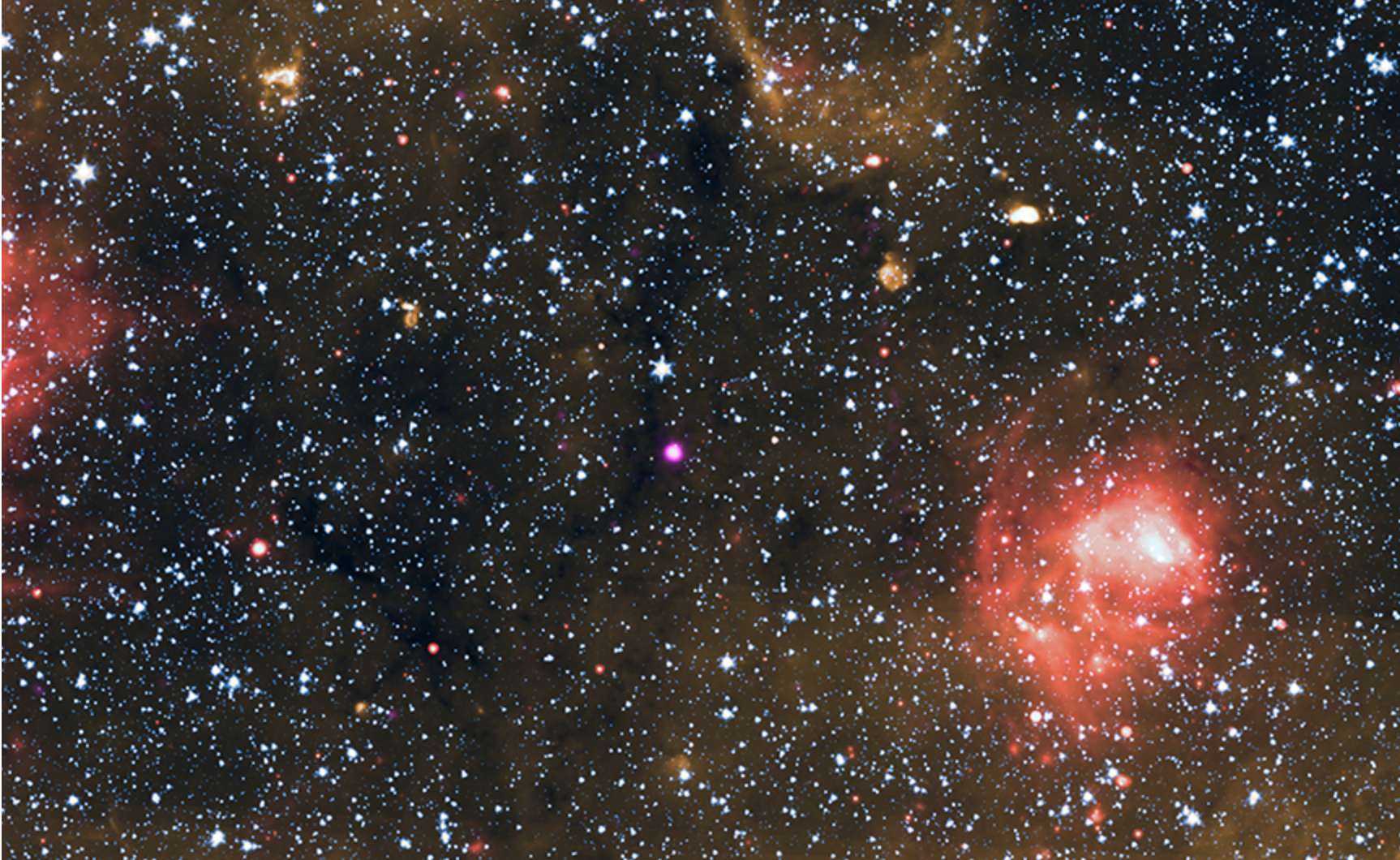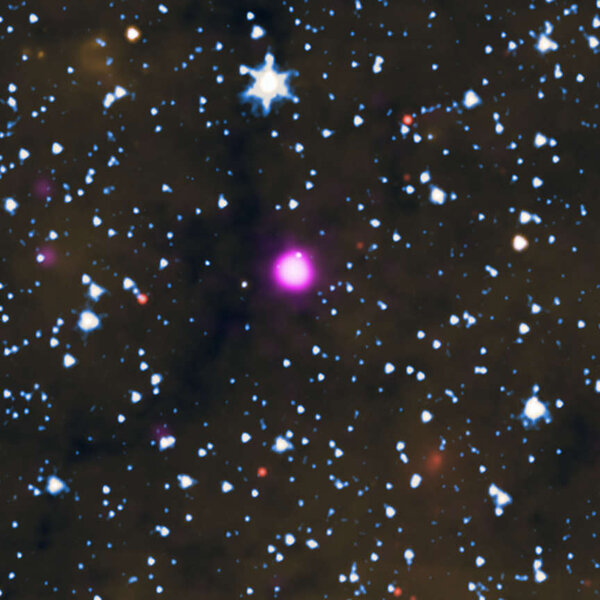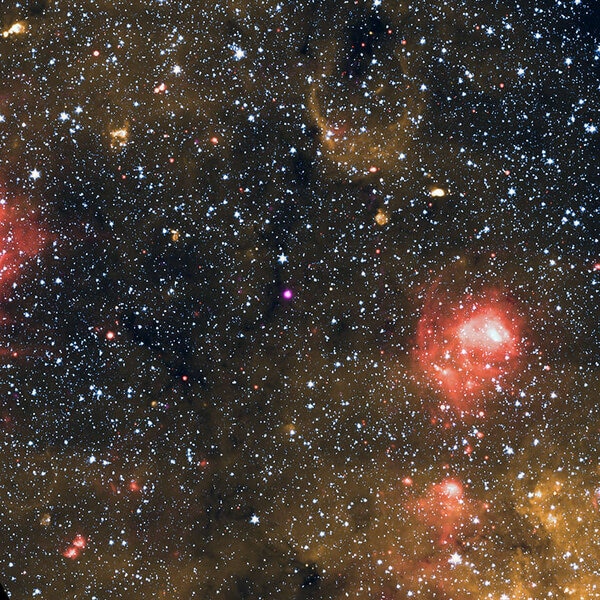Create a free profile to get unlimited access to exclusive videos, sweepstakes, and more!
Chandra X-ray Observatory confirms newly-found baby magnetar doubles as a pulsar

Of all the strange and mysterious objects observed in the universe so far (yes, we're staring at you 'Oumuamua!), one of the most enticing has to be that super-magnetized, fast-spinning class of neutron stars called magnetars.
They're considered so rare by astronomers that approximately only one in 10 supernovae forge these brilliant whirling beacons. Based on official observations, more than 3,000 neutron stars have already been found as of 2020, but only 31 of those special stars have been catalogued as magnetars, all of which exhibit unimaginable fields of magnetism.
Back in June we brought you news that scientists at NASA’s Neil Gehrels Swift Observatory, ESA’s XMM-Newton observatory, NASA’s Nuclear Spectroscopic Telescope Array (NuSTAR), and several ground-based telescopes had discovered one of these magnetized neutron stars in the constellation Sagittarius, just 16,000 light years away from Earth.
Being only 500 years old in Earth time, it was the youngest neutron star ever spotted, and also the youngest magnetar ever found.
The dizzying baby dynamo, spinning 1.4 times per second, projected an intense X-ray burst with a series of long and short radio pulses that astronomers first detected on March 12, 2020. Registered as Swift J1818.0-1607, the infant neutron star generates a magnetic field 70 quadrillion times stronger than that of our own planet, and 1,000 times greater than a typical neutron star.
Shortly after its X-ray burst was recorded, Italy's Sardinia Radio Telescope revealed that Swift J1818.0−1607 additionally delivered pulsed emissions in radio waves. Neutron stars blasting out long-duration radio beams are known as radio pulsars, and it was believed that this newborn magnetar might be only one of five known magnetars also holding the distinction of being a pulsar too.
Now a detailed study originating from new observations by NASA's Chandra X-Ray Observatory has supported the dual identity of the seldom-seen discovery, and highlights the notion that J1818.0-1607 is also a pulsar shooting out regular pulses of light. Chandra data revealed a point source where the magnetar was located, a region cluttered with diffuse X-ray emission probably caused by X-rays reflecting off nearby dust.
Harsha Blumer of West Virginia University and Samar Safi-Harb of the University of Manitoba in Canada submitted their new research based on the Chandra observations to the online scientific site, The Astrophysical Journal Letters.
The vivid composite image below is composed of a wide field infrared view obtained from two NASA missions, the Spitzer Space Telescope and the Wide-Field Infrared Survey Explorer (WISE). Chandra X-rays reflect the glowing magnetar in purple, located near the plane of the Milky Way at a revised distance of roughly 21,000 light years from Earth.
In addition to the new Chandra data, the NSF's Karl Jansky Very Large Array (VLA) has also verified that this young magnetar emits repeating pulses of emissions as it slows and has characteristics of a normal rotation-powered pulsar, making it a rare heavenly find indeed.




























